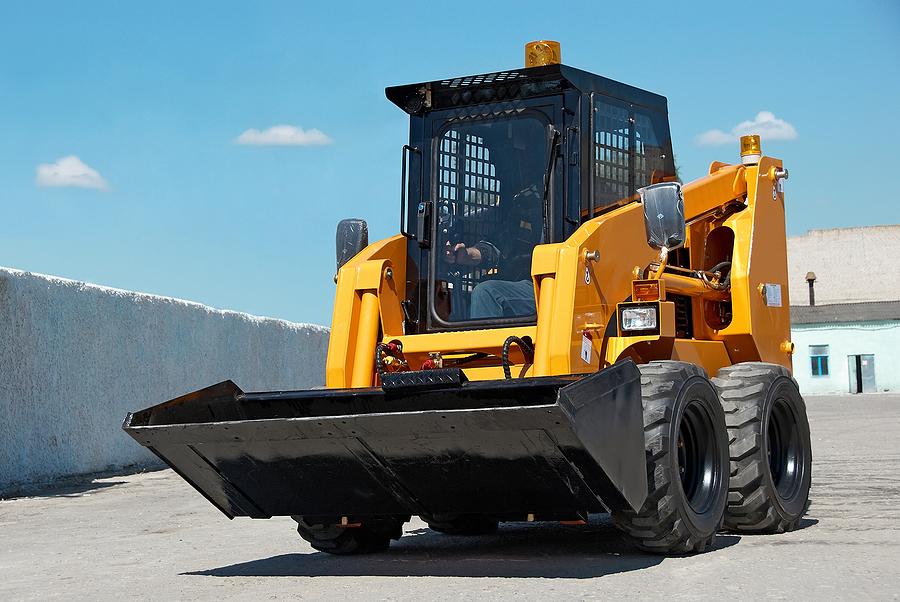What Is A Skid Steer Loader And What Does The Name Mean?

Whilst many people simply call them Bobcats due to the company that originated them, a skid-steer loader is one of the most fascinating pieces of compact heavy equipment available on the market, and their very existence changed the construction industry as we know it today.
The originators themselves, The Bobcat Company, are looking for the next big innovation in construction at present, but their first major innovation, one so tied to them that “bobcat” has become a generic term for it, merits some explanation.
After all, whilst the “loader” part of a skid-steer loader makes sense, what is meant by “skid-steering” is something that is not intuitively clear, but will not only make a lot of sense once explained but also illustrate how revolutionary the early Bobcat machines truly were.
A skid-steer is a wheeled or tracked machine that has no steering axle; unlike other vehicles turning the steering wheel does not turn the wheels.
Instead, it uses a concept known as “differential steering”, where the wheels are instead turned by increasing or decreasing the speed of the wheels on one side relative to the turning required.
In other words, to turn left, the Bobcat’s left wheels would turn whilst its right wheels would stay still, being skidded or dragged along the ground until the turning manoeuvre had been completed.
This has the massive advantage of allowing for a zero-turning circle, which means that the skid-steer can turn within its own radius, allowing for work in much more confined spaces than would ordinarily be possible.
This was the original impetus for the Keller brothers, Cyril and Louis, to design the Bobcat in the first place, as it needed to be able to turn within its own length in the somewhat tight confines of farmer Eddie Velo’s turkey farm.
Little did they realise just how far the concept would evolve from there.


